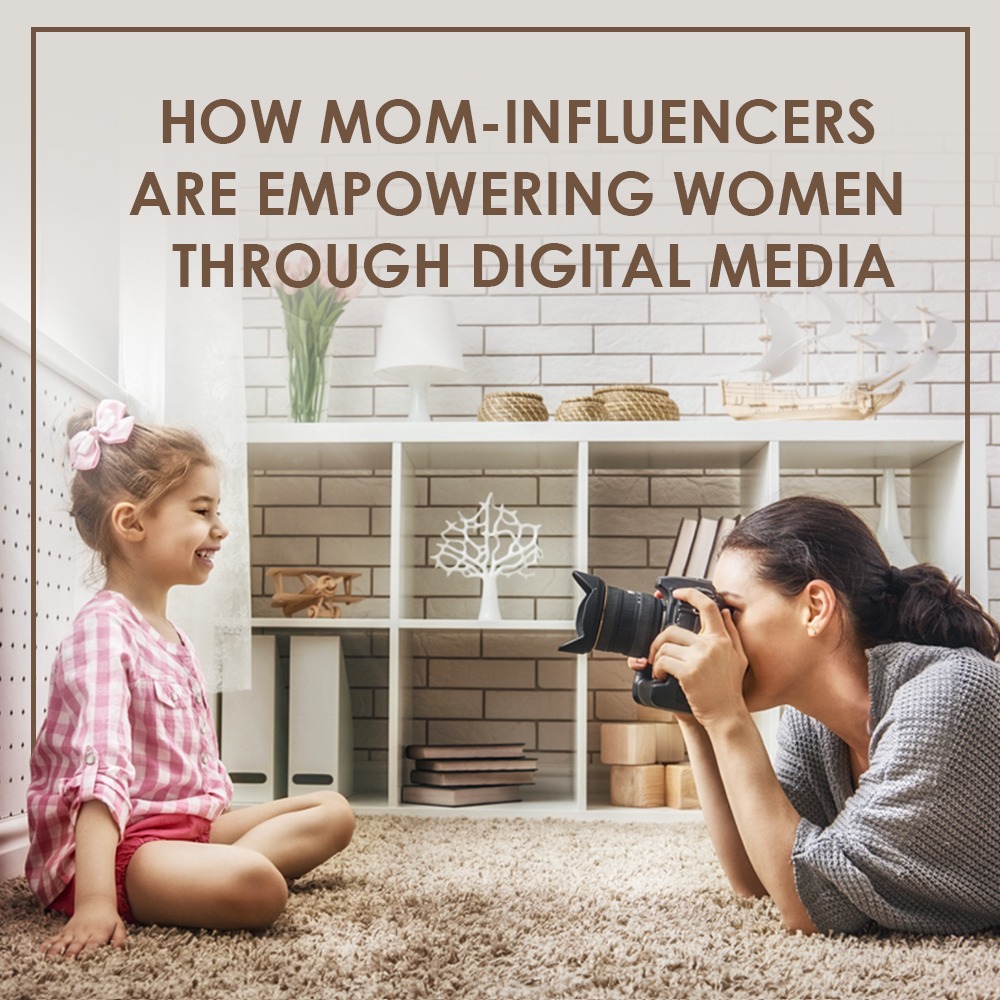My daughter recently told me the one rule for playing with pretend guns at her preschool: “You can shoot someone. But you have to ask them if it’s okay first. And they have to say yes.”
And that was that. She went on eating her waffles. I had more questions.
The conversation around whether parents should worry about their kids playing with imaginary or toy guns is hardly new—the New York Times published the headline “Toy Guns: Do They Fan Aggression?” in 1988, and even then, they approached it like this ol’ debate again? But it will keep coming up because children (particularly boys) love toy guns, and real guns keep killing innocent people. Parents glance one way to watch the horrific news that 17 lives were taken in Parkland, Florida, and then look at their kid pointing a gun made of Legos at their teddy bear, and want to know, need to know: Is there any correlation?
Let’s start with the premise that I’m sure any longtime teacher of young children will attest to: pretending to play with guns is developmentally normal. “Kids make guns out of crackers, toast, their fingers,” says Sylvia, the director of my daughter’s preschool, when I ask for her thoughts on the topic. “They’re a prop for dramatic play. These kids are exploring issues of power because they’re at an age when they realize they don’t have any. People tell them when to go to bed, when to get up, when to go to school. They’re trying to figure out, ‘What power do I have?’”
Play fighting is healthy—it’s said to help children learn self-control, compassion and boundaries. Sylvia tells me playing with pretend guns is “pretty hands-off” compared with other options of wrestling and jousting with swords made of sticks. She’s fine with it, as long as, like my daughter told me, the shooter has the consent of the shootee. “We want to empower kids to say, ‘No. Don’t shoot me. I don’t like it,’”she says. “It’s mutually-engaged play. We don’t ban it. When you make some forbidden, it just makes people want to do it more.”
For parents of young kids, here are some things to know about gun play:
- Yes, gender plays a role. Michael Thompson, co-author of Raising Cain: Protecting the Emotional Life of Boys, tells PBS that “boys in all cultures around the world wrestle more, mock fight more, and are drawn to themes of power and domination.” Scientists don’t know exactly why boys tend to be more aggressive than girls, but some believe it’s because they are predisposed to higher activity levels as a result of androgens (male hormones) in utero.
- No, real violence does not stem from playing with pretend guns. At my daughter’s school, Sylvia says the teachers do look out for signs of real aggression, like if kids try to pinch or throw things at someone with the intention of hurting them. That behavior is not acceptable. Keep an eye on kids as they play with pretend guns—is one child constantly being the “bad guy” shooter and never switching roles with the others? Is everyone laughing and having fun, or are there children who seem upset? Intervene when you sense that something isn’t right.
- Media and marketing impacts the way kids play—and that is something to consider. In their book Who’s Calling the Shots?: How to Respond Effectively to Children’s Fascination with War Play, War Toys and Violent TV, authors Nancy Carlsson-Paige and Diane Levin argue that “Rambo-type toys”—the ones that prompt kids to take on a role of a specific action hero or villain that has been manufactured by adults—actually undermine the potential value of war play. Kids mimic what they see on their screens rather than creating scenarios from their own imaginations. So that may be something to think about before you give your kid a Nerf Star Wars Captain Phasma Blaster.
- Talk to kids about what real guns do. Be appropriate to the age and sensitivity level of the child. Here’s our guide to talking to kids about mass shootings. Reinforce that you’re happy pretend guns are just pretend “because a real shot would really hurt.” Explain (and keep reminding them) that they should never touch a real gun if they happen to see one, and should tell an adult immediately.
My daughter’s preschool teacher Sylvia tells me that guns are just one prop in the vast arena of pretend play—“Kids shoot each other and then they get over it,” she says. But what if they don’t? It’s one thing to be a preschooler shooting a buddy with with a pretzel—is it another for a child to continue loving guns, perhaps to the point of obsession, as he or she grows older? On the massive topic of guns and violence in video games and a possible link to actual gun violence, there has been lots of research and no clear conclusions. The American Academy of Pediatrics urges parents to check games’ ratings, such as those put out by Common Sense Media, and know that games in which killing others is the central theme are “not appropriate for any children.”
And as Sylvia tells me, parents should definitely look into anything your child seems to have an obsession with because that will give you clues to their inner life. “If there’s someone who’s trying on the persona of being a bad guy and that persists, you’ve gotta say, ‘There’s something going on here,’” she says. “If they feel good about making people uncomfortable and being unkind, then maybe they were alienated in the past. That person had a bad narrative and someone should have been paying better attention.”






Leave A Comment
You must be logged in to post a comment.